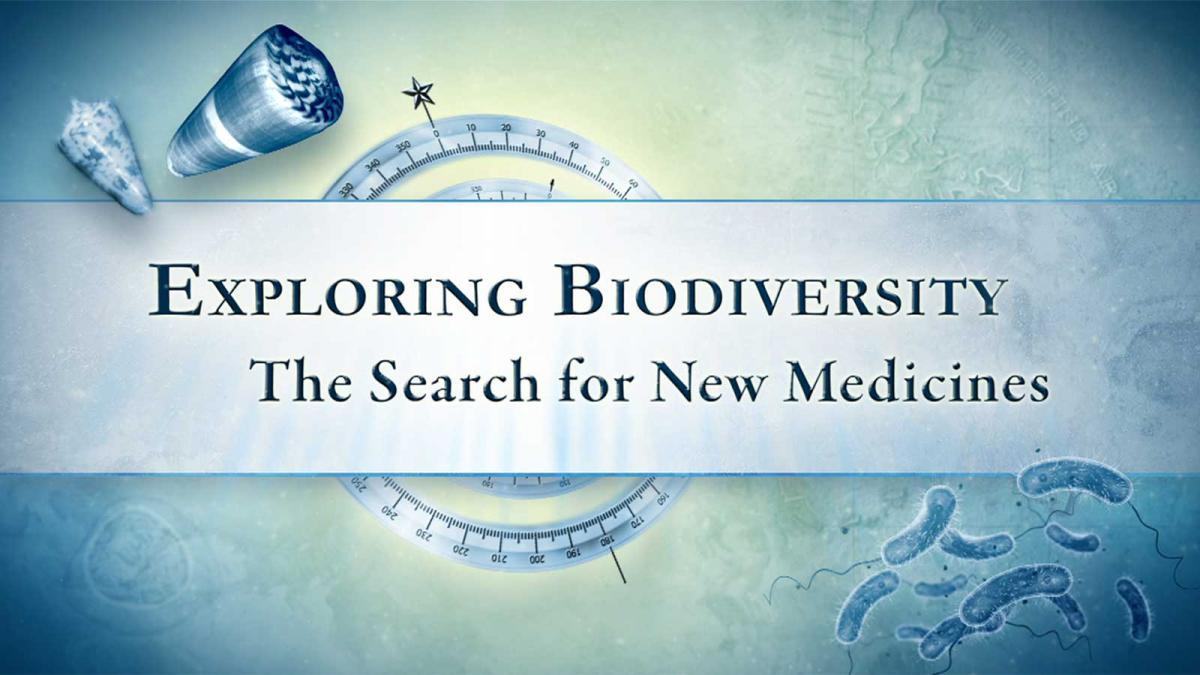The search for new medicine
New medicine – Over time new diseases develop, that cannot be cured with the medicines we have. Also many medicines, that once cured common diseases, sometimes lose their power to cure. For these reasons, modern drug companies are constantly looking for new medicines, to help doctors cure both new and common diseases. One place that drug companies are looking, is in the rainforests of the world. Scientists believe that new plants from the rainforests or simple medicines from rainforest peoples, might be sources for future miracle drugs.

Four hundred years ago, just such a miracle drug was found to cure malaria. In 1633, a fortunate event occurred. A Spanish priest was sent as a missionary to Peru. He wanted to minister to the native Indians there, and convert them to his religion. While he was teaching, however, he learned something. The village healer, the only medical practitioner the people had ever known, was making a powder from the bark of the cinchona tree. He used this powder to cure malaria. The priest brought some of this miracle powder, home to Europe, where malaria was a serious disease at the time. Europeans began using the bark to cure malaria. Soon Europeans implemented overseas searches for sources of the tree bark. After many years, scientists identified the ingredient in the tree bark, that cured malaria. It was quinine. By 1827, quinine was commercially produced and became the primary treatment for malaria throughout the world. By the 1960s, however, quinine’s ability to kill the malaria parasite had declined, because the parasite was becoming resistant to it.
About this time, another fortunate event occurred. Scientists in China, were digging up, ancient cities. One city was a place, where people had resided 2,000 years earlier. The scientists discovered that the ancient people had used a plant, called wormwood, to cure fevers. Scientists collected living samples of the plant to test. They found that wormwood contained, artemisinin. This chemical killed malaria parasites. Today, artemisinin is used in various mixtures with other drugs, such as , Artemisinin Combination Therapy, or, ACT) to treat people who have malaria.
Aspirin is another ancient medicine. Its history dates back over 2,000 years, when ancient Greek physicians, made a tea from willow bark, to ease pain and lower fever. People continued to use willow bark as a home remedy for centuries. Modern scientists identified, salicylic acid, as the special ingredient in the bark, that eased pain and fever. Soon, drug companies were making aspirin tablets containing salicylic acid. Today, aspirin is one of the most widely used drugs in the world. Around 100 billion aspirin tablets are produced each year.
Not all medical histories are centuries old. The story of taxol is an example of how miracle drugs are still being found in the world’s forests. In 1966, scientists discovered a powerful chemical in the bark of the Pacific yew tree. This chemical could stop cell growth. They believed it would be useful in treating the unnatural cell growth of cancer. Soon, taxol was being used in intensive treatments for certain kinds of cancer.
Scientists think that many medicines may still be hidden in the rainforests of the world. As a result, over 100 companies that manufacture drugs are searching for new rainforest plants and testing them for possible medical use. Unfortunately, access to these rainforest plants is rapidly disappearing. Logging companies are cutting down the rainforest trees and selling the wood. Commercial developers are laboring hard to clear the land for houses, farms, towns, and roads. Clearly the priorities of the scientists conflict with the priorities of the business people. The scientists, want time to find plants that might cures diseases. The businesspeople want to make money from the plants that grow there.
Experts believe that about 50,000 species of plants, animals, and insects disappear every year because rainforests are being destroyed. Scientists fear that when rainforest species disappear, many possible cures for diseases will disappear with them. They also fear that when rainforests disappear, the villages of native people, who reside there, will also disappear. When the people leave, their healers also leave. These practitioners are the only individuals, who know the secrets of healing sick people, with forest plants.
In fact, most modern drugs made from plants came from simple cures that village healers created from nearby plants. As a result, modern drug companies are sending scientists, accompanied by local translators, to work cooperatively with these village healers, to learn their secrets, before those secrets are lost forever. Drug companies are also sending teams of workers into the rainforests to gather plants to test. If company scientists find a useful cure in a plant they test, they will identify the chemicals in the plant. Then, the company can manufacture a medicine that is chemically identical. Before rainforests disappear completely, scientists want to gather as many medical secrets as possible. Soon, however, it may be too late, to learn the rainforest’s secrets!

Bài viết khác cùng mục: